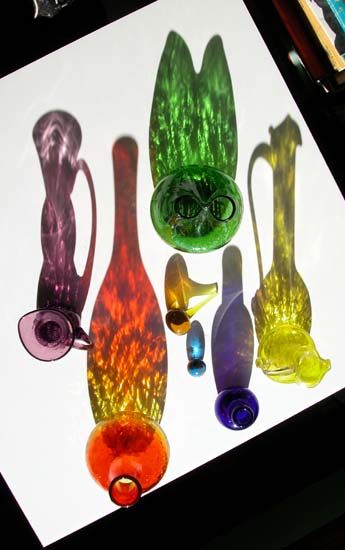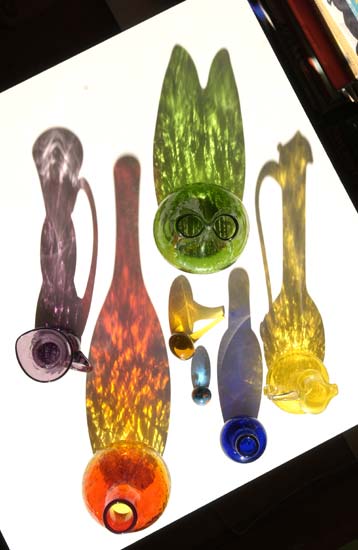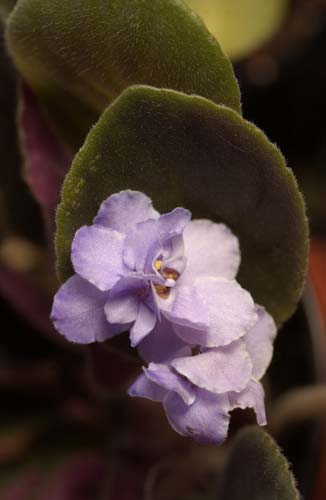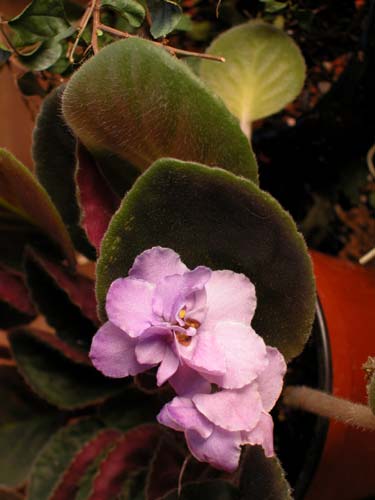I was curious to see how the Coopix 5000
stacked up against its big brother, the Nikon D1x. I called David Smith,
a professional photographer who has been working with the D1x since it
came out. He graciously made time for us to get together at his house in
Ann Arbor, Michigan and shoot some side-by-side comparisons.
Several interesting things were immediately apparent.
First, the formats are quite different. The D1x creates a 3008x1960
pixel image, which is an aspect ratio of about 1.5 to 1. The CP5000
creates an image, which is a maximum 2560x1920 pixels, an aspect ration
of about 1.3 to 1.
The next thing we noticed was the difference between
the LCD's on the two cameras. The LCD on the back of the CP5000 was
clearly superior in several ways. First it appeared to have a fuller
tonal range, while the LCD on the D1x had more contrast and showed less
highlight and shadow detail. Second, the CP5000 LCD pivoted, allowing
easy viewing from a far greater range of angles.
Another element that was apparent was the difference
of depth of field. The CP5000's lens has quite a bit shorter actual
focal length for the same angle of view. This translated to a greater
depth of field when doing macro work.
At one point, we were shooting a still life in the
sunlight coming through a window. Wind was moving branch shadows in and
out of the light, and when I tried to shoot at the exact time I wanted,
one of the differences between the CP5000 and the D1x became painfully
clear. The shutter delay on the CP5000 made it impossible to capture the
moving light exactly as I wanted it, while the D1x captured the moment
when the shutter was pressed.
In evaluation the images, the first thing that stuck
me was how good the CP5000 images were. The D1x costs about 5 times as
much (without lens) as the CP5000, and yet the CoolPix's images were
really quite impressive even in direct comparison. Were they as good?
No, in many ways they were not. The D1x's images had a fuller tonal
scale; the CP5000 images appeared to suffer from over sharpening. Colors
were truer on the D1x images, especially the close ups of the African
Violets. And the dynamic range of the D1x images was better. Shadows
were more open, and the bright highlights were less likely to block up.





